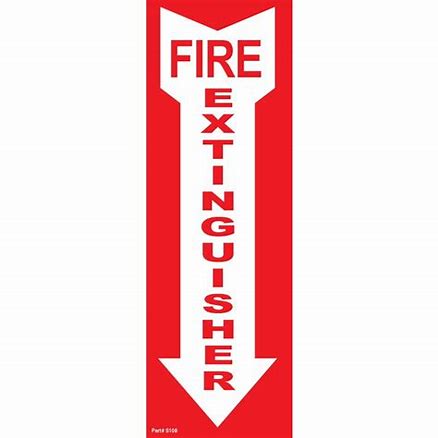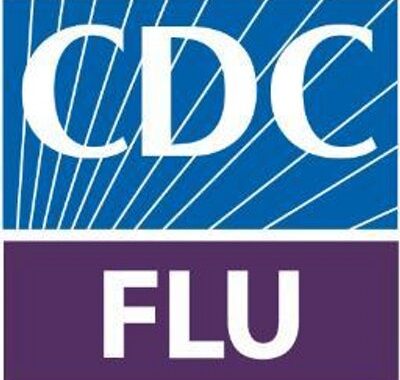As flu season intensifies, dental healthcare personnel (DHCP) play a vital role in protecting both…
Does OSHA Require Portable Fire Extinguishers in a Dental Office?
 The short answer is no. However, other factors, such as the availability of a public fire department or the vulnerability of egress routes, will enter into this decision. According to OSHA Regulation 29 CFR 1910.157, choosing to evacuate the workplace rather than providing fire extinguishers for employee use in fighting fires will most effectively minimize the potential for fire-related injuries to employees. In addition, training employees to use fire extinguishers and maintaining them requires considerable resources.
The short answer is no. However, other factors, such as the availability of a public fire department or the vulnerability of egress routes, will enter into this decision. According to OSHA Regulation 29 CFR 1910.157, choosing to evacuate the workplace rather than providing fire extinguishers for employee use in fighting fires will most effectively minimize the potential for fire-related injuries to employees. In addition, training employees to use fire extinguishers and maintaining them requires considerable resources.
| Option 1* | Option 2 | Option 3 | Option 4 |
| Total evacuation of employees from the workplace immediately when alarm sounds. No one is authorized to use portable fire extinguishers and they are not available. | Designated employees are authorized to use portable fire extinguishers to fight fires. All other employees must evacuate workplace immediately when alarm sounds. | All employees are authorized to use portable fire extinguishers to fight fires. | Extinguishers are provided but not intended for employee use. |
| Requirement 1 |
Requirement 2 |
Requirement 3 |
Requirement 4 |
| Establish an emergency action plan, fire prevention plan and train employees accordingly. | Establish an emergency action plan, fire prevention plan, and train employees accordingly. Meet all general fire extinguisher requirements plus initially and annually train designated employees to use fire extinguishers. Fire extinguishers in the office must be identified, inspected, tested, and maintained. | If any employees will be evacuating, establish an emergency action plan, fire prevention plan, and train employees accordingly. Meet all general fire extinguisher requirements plus initially and annually train all employees to use fire extinguishers. Fire extinguishers in the office must be identified, inspected, tested, and maintained. | Establish an emergency action plan, fire prevention plan, and train employees accordingly. If fire extinguishers are left in the workplace, they must be identified, inspected, tested, and maintained. Extinguishers are provided but not intended for employee use. |
* Building and Fire Code Requirements
Keep in mind that while OSHA may not require portable fire extinguishers onsite, most local building departments follow the International Building Code (IBC) and International Fire Code (IFC) requirements which require portable fire extinguishers in most occupancies (including dental offices which are B-2 occupancies).
To Fight or Flee – Employee Training Required
Employers are responsible for training employees on which option above has been implemented as the office policy. For example, if fire extinguishers are provided onsite, but employees are not trained to use them (Option 4), then employees must be informed of this policy. Employees who have not been trained to use a fire extinguisher should be instructed to ensure that all patients are safe and then to evacuate the building in the event of a fire.
If employees are expected to use fire extinguishers in the event of a fire, then employees must be properly trained to use them. Proper training consists of training by qualified experts on the different types of extinguishers, their use, operation, and circumstances under which they are effective. To maintain employee proficiency with fire extinguishing devices, employers must provide education and training on an initial and annual basis.
Other Requirements
All fire extinguishers provided onsite must be approved, selected, and located based on the class and degree of hazard(s) expected; they must be mounted and identified so that they are readily accessible to employees without subjecting employees to possible injury; and they must be maintained in a fully charged and operable condition.
Fire extinguishers must be visually checked monthly, must undergo annual maintenance check, and must be tested hydrostatically every five or twelve years depending on the type of extinguisher, according to manufacturer’s instructions. Inspection and testing records must be kept for at least one year.



